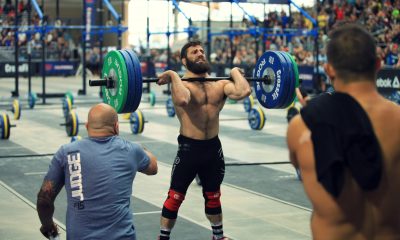Fitness
Training for Power
Power is the ability to generate high amounts of force over a short period of time.
Athlete: Josh Bridges
Photography by Simply Perfection
So while your strength refers to how much force your muscles can exert, your power refers to how quickly that force can be exerted. For example, if you’re completing a strength-oriented task, it doesn’t matter how long it takes you to complete that task, whether it’s lifting a weight, moving a couch, or climbing a flight of stairs. Instead, all that matters is that the task gets completed, and doing something slowly doesn’t necessarily take away from the “success” of a strength-based movement. But when your goal is power, speed counts. The speed with which you lift that weight, move that couch, or climb that flight of stairs dictates how successful you were at quickly recruiting your muscles – which is why power is often referred to as speed-strength.

So why is power important for an endurance athlete, who seems to be moving relatively slowly across a course, especially compared to, say, a 100m sprinter?
It all comes down to the fact that training for power doesn’t really train your muscles as much as it trains your nervous system (Okamoto). When you train for power, your central nervous system learns to control your muscles in a more efficient way, creating enhanced muscle utilization without the negative effects of too much muscle bulk. I like to think about it this way: power simply allows you to “fine tune” your strength (which you’ve hopefully been building, right?). As a matter of fact, as long as you follow the power training rules you’re about to learn, such as keeping the number of repetitions low, lifting light weights fast, and moving quickly, your power training will increase your ability to maximally utilize muscle without a significant change in your muscle size (or muscle fiber tearing and subsequent soreness).
So in summary, power training is like putting a faster engine in your car without actually increasing the body mass of the car or the weight of the engine itself. This results in lower energy costs, less muscular fatigue, and ultimately, better endurance performance.
To get the details of the power training workout, subscribe to us on iTunes!
























